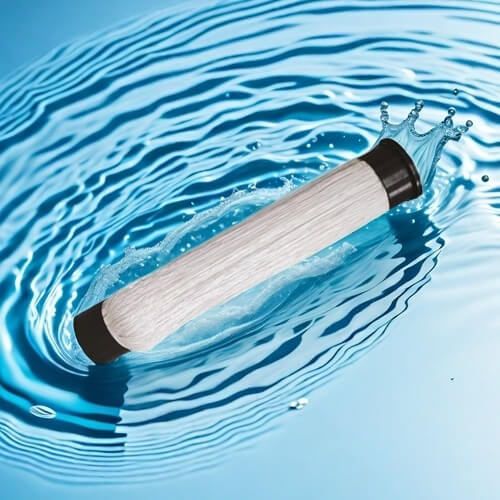Huanglian Su Wastewater Treatment Technology
The treatment technology of berberine wastewater mainly focuses on the following methods to ensure effective removal of its harmful components and meet discharge standards.
Physical and chemical processing methods
Preprocessing
Firstly, large suspended particles and sediment in the wastewater are removed through physical methods such as grilles and sedimentation tanks. This process helps to reduce the burden of subsequent processing.
Oxidation treatment
Use chemical oxidation or biological oxidation methods to remove organic matter and toxic and harmful substances from wastewater. Common oxidants include ozone and hydrogen peroxide. By adjusting the pH value and optimizing the reaction conditions, the treatment efficiency can be improved.

Advanced oxidation technology
Catalytic oxidation
Advanced oxidation technologies (AOPs) are an effective wastewater treatment method that can degrade difficult to biodegrade organic pollutants by generating hydroxyl radicals. The specific process usually includes:
Wastewater is mixed with catalysts and oxidants.
Enter the UV generator for photocatalytic reaction.
After the reaction, the wastewater undergoes coagulation and sedimentation to remove solid particles.
Biological treatment method
Biodegradation
In some cases, berberine can be degraded through microbial metabolism. Combining physical and chemical treatment in the early stage, biological treatment can further reduce the organic load in wastewater.
Comprehensive processing technology
Multi level processing flow
In practical applications, multi-stage processing techniques are often used, such as:
Preprocessing: Remove suspended solids.
Oxidation treatment: Use ozone or hydrogen peroxide for deep degradation.
Biological treatment: utilizing microorganisms to further degrade residual organic matter.
Subsequent processing: such as membrane filtration or activated carbon adsorption to ensure that the effluent quality meets the standard.
By combining the above methods, berberine and its related pollutants can be effectively removed to meet environmental protection requirements.
